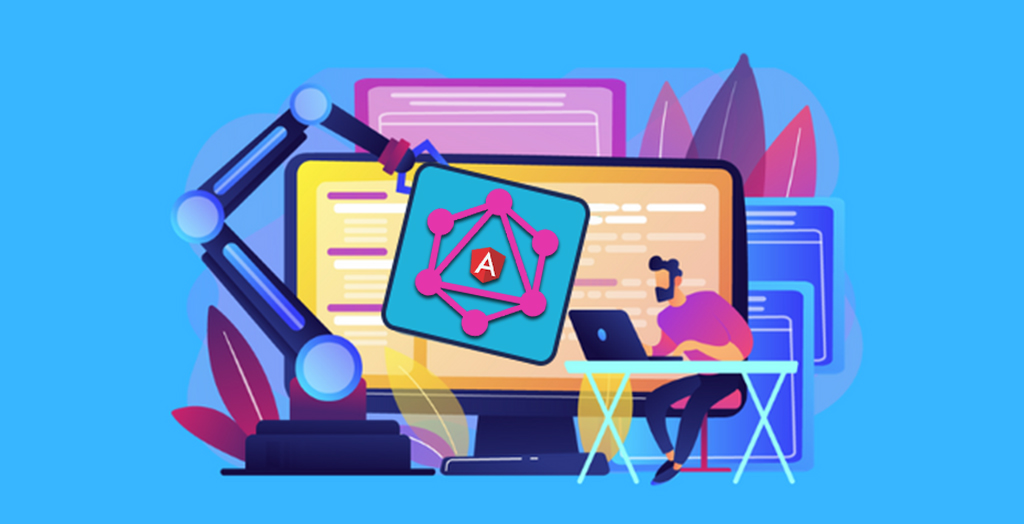Excessive data fetching has always been a point of concern for the app developers, and are in a lookout for a solution that can fetch the right amount of data. GraphQL – a revolutionary query language for web API, is one such contribution made by Facebook. GraphQL has come out as a game-changer in the application development process, enhancing the communication between front-end as well as the back-end of the application.
Being strongly typed, fast, self-documented as well as dissociated with the storage, GraphQL empowers the developers to include it at any stage of the app development process, without interrupting the existing database. The simplicity of GraphQL, making it more comprehensible as well as easy to learn, is also one of the major reasons which have made it the choice of many tech pioneers like Facebook, Shopify, StackShare, Twitter, etc… Unlike other query languages, GraphQL does not use the complicated text string instead utilizes the object structure to manage data.
For Example,
If you want to fetch the details of a book from the database. The SQL query for the action will be like:
SELECT name, author, genre, price FROM books
To write it in the GraphQL, the query seems more understandable, written the same as the structure of the object.
{
Book{
batch_no.
name
author
genre
price
}
}
However, the challenges do not end with the data fetching – front end, back end and cache data management are also important. A client can help you here, allowing you to execute the API on it and track its performance. Among the various available clients, Apollo, with an interpretative data fetching approach and smart caching, proves to be one of the best clients used for API development.
Considering its efficacies, pairing Apollo with the GraphQL comes out as an extremely productive combination. This combination expedites the development process, empowering the developers to add or remove fields in the API directly, instead of writing a huge amount of boilerplate code. Apollo works for various JavaScript platforms such as Angular, React, etc. for App development. Let’s take up Angular and check out how it works on GraphQL and Apollo.
How to work with GraphQL and Apollo in Angular?
Apollo liberates the applications from finding ways to load data, managing everything at its end. User Interface requests the data through GraphQL, and then Apollo manages the rest by fetching, caching, and availing the data to the API. Let’s check out the steps to create an Angular application using Apollo and GraphQL.
Source/Learn more: https://www.aceinfoway.com/blog/apollo-graphql-in-angular
#apollo #graphql #angular
